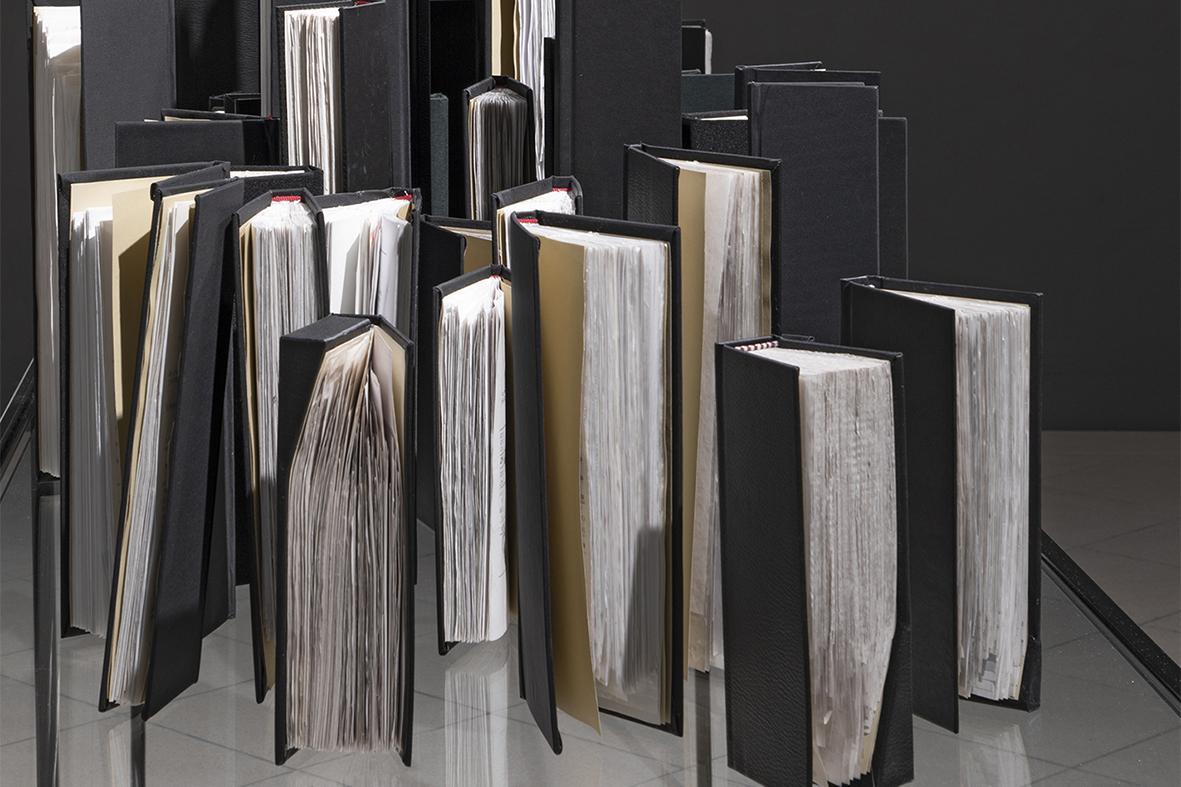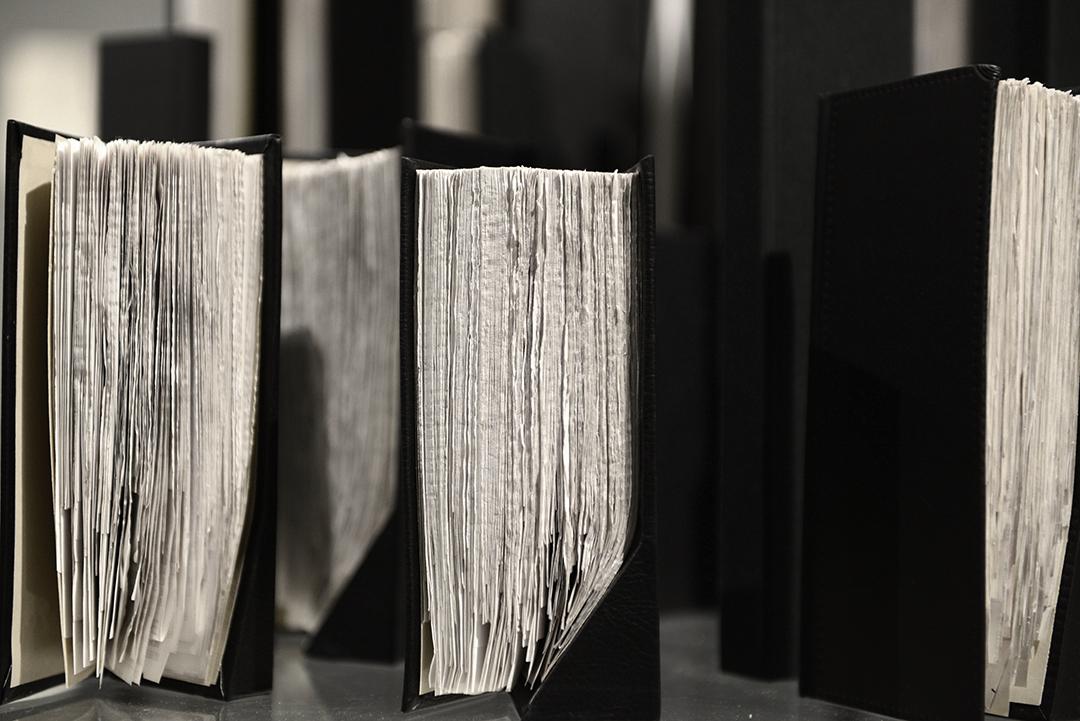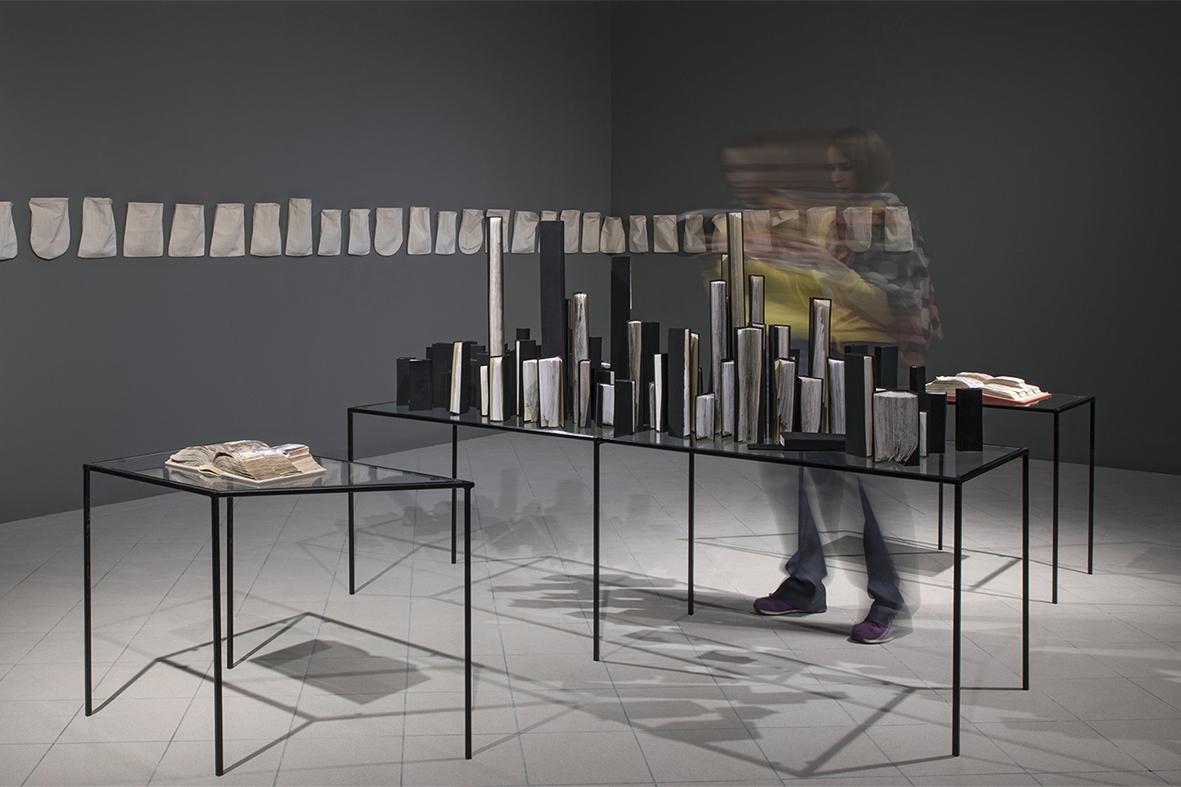Irena Lagator Pejović
works
- Lines, Values, Coexistences
- United Species
- Means that Can Contribute to the Phytoremediation of Polluted Areas
- Saved Books. The Art of Transmitting the Knowledge Without the Need for Subsequent Reparation.
- “I Would Put All Mighty Weaponry Into the Museums That No One Visits”
- Expanses of Love
- “If I Were Ronald Regan”
- Nets, Nodes, Horizons
- Workers University
- My Father’s Salary
- Fiscal Verses. Reprogramming the Machine
- Missing Content
- The Knowledge of the Limited Responsibility Society
- Shared Air
- Blurred Landscapes
- There is Already a Feeling of a Flow
- Symbiotic Collection
- Maximum Profit - Minumum Time
- This is Not a Landscape Any Longer. Tolerance, Transparency, Transition.
- Nature Culture
- Pillars and Horizons
- Where is the Monument?
- Forward Play Reverse
- Life and Institution
- Capital Culture Cuts
- Two Safes. No keys!
- Non LLC l.l.c.
- Plastic Water
- Society and Documents
- Exchange Value
- Work in Public Space
- Institution Nature
- LLC versus Non LLC
- Abbandoned Cinema
- Freedom Security Progress
- Occupying/Liberating Space and Time
- Directions
- Image Images
- Property
- Dissapearance Appearance
- Further than Beyond
- Image Think
- Ecce Mundi
- Camera Imaginata. The Means for Exchanging the Power of the Imagination
- Means for Intensifiying a Sense of Poetic Reconstruction of the World
- The Society of Peaceful Coexistence, Santa Croce sull’Arno
- Installation for Improving the Sense of Responsibility
- Equation Function
- Limited Responsibility Society, Santa Croce sull’Arno
- Resistence Reservoir
- Limited Responsibility Society, Polignano a Mare
- Limited Responsibility Society Automatism
- Experience Economy History
- The Society of Peaceful Coexistence, Belgrade
- Responsitorium Horizon Poems
- Time of Limited Responsibility Society
- Limited Responsibility Society Experiment, Salzburg
- Present Space Expansion
- Cultural Barriers to Growth
- Countinuous Limited Responsibility Society
- Knowledge of the Limited Responsibility Society
- Limited Responsibility Society Experiment, Strobl
- Limited Responsibility Society By Night
- Limited Responsibility Society, Cetinje
- Inverse Spaces
- Our Colored Everyday
- Machine Error. Shape a Book
- What We Call Real
- After Memory
- Next
- Is It Still Winter, Outside?
- The Way We Live
- How Small is the Universe
- Living Space
- The Society of Unlimited Responsiblity
- Own Space
- Living Room
- Near Universe
- An Embrace in the Space
- Light in Space
- Please Wait Here
- Wash Inside Out
- What is Missing
- Temporary Dumping Place. Rotations in the Given Space
- Opening of the Book
- Registrar
- May I Help You
- Passerby
- Are You Happy Now
- BBBBeauty
- Tell Why
- Witnes of Time - Now
- Witnes of Time
- It is Made for You
The Knowledge of the Limited Responsibility Society
2009 –
an installation in the making, changeable dimensions;
fiscal receipts of citizens from different countries, bound in 81 books of various dimensions (edition 2023).
Text: Ilaria Mariotti, Elke Krasny
Interview: RADIO PAPESSE - Irena Lagator Pejovic: Società a responsabilità limitata
Essay: Irena Lagator Pejović, A Diary of Ceaseless Quest for a ‘Society of Unlimited Responsibility’, MIJESCE 8/2022, journal published by the Faculty of Management of Visual Culture of the Academy of Fine Arts in Warsaw.
Exhibitions/Venues:
- Little Constellation – A view on Contemporary Art in Geo-Cultural Micro-Areas and Small States of Europe, Fabrica del Vapore/Careof, Milan, Italy, 2010.
- Orte/Nicht-Orte. Ortung 2009. Salzburger Kunstverein, Salzburg, Austria. Curated by: Hemma Schmutz, Astrid Wege, 2010.
- part of the solo exhibition: Società a responsabilità limitata (S.r.l.), Limited Responsibility Society (L.L.C.), Villa Pacchiani, Santa Croce sull'Arno (Pisa), Italy, curated by: Ilaria Mariotti, 2012.
- Spring Exhibition 2013, Kunsthal Charlottenborg, Copenhagen, Denmark, 2013.
- part of the solo exhibition: For the Common Good, within the framework of “Im Vorbeigehen II/17” at KU with Artist Talk at Kepler Salon, Linz, Austria, curated by Karolina Majewska-Güde, 2019.
- part of the solo exhibition: Exhibition/Venue: Irena Lagator Pejović, Expanses of Love, Art Gallery „Nadežda Petrović”, Čačak, Serbia, curated by Patrycja Rylko and Julka Marinković, 2023.
Courtesy of the artist.
Photo: Ivan Petrović
I use photosensitive fiscal receipts as indexical traces of consumerist activities and as signs of a culture of limited responsibility. Experimenting in the socially constructed sphere means accepting it as a political symptom of contemporary society. My installation The Knowledge of the Limited Responsibility Society consists of a cityscape composed of books of different sizes that are hand-made out of globally collected fiscal receipts. They are also leftover facts about the condition of the lack of responsibility for our common world. That is why this work is conceived in a way that, from the position of a society that has undergone the transition from a socialist to a capitalist type of management and production, it provides an angle of understanding the role of art in a society. Here, the medium of installation becomes a collection – of survived fiscal receipts, of the visual trace of the call to responsibilities, of the visible trace of the limited responsibilities. Can we thus say that in a society with transitional consequences, where the ‘art sector is underdeveloped or not hand in hand with the capital’ (T. Logar, V. Viidmar), the possibility of political and the corrective role of art, when it dares to take place in the middle of the system it criticises, is an art of unlimited responsibility?
The installation as a dispositive here transcends the language of form because it is at continual disposal to an audience that can read the books’ contents and thus continually modifies its form. But the contents are hours of facts of consumerism, months and years of goods produced, each followed by a price and the according amount of tax paid. That is also why I arrange the receipts according to their lengths and widths, so that the books, like elements of a cityscape in this installation, are different in their size, but also different in the amounts evidenced. What connects those books is the rule of the sector of economy and commercial law that asks each of the owners of a company that issues the receipt to be registered as a Society of Limited Responsibility. And we are given time and space to read about that fact each time when we take the receipt home with us. How does this information resonate with us?
Evidently, we are all owners of the knowledge that responsibilities are limited around us. Donna Harraway develops the term responsibility into a pair of notions of response and ability. Her call to response-ability is a call to our becoming more sensitive toward the issues that concern life on the planet, on Gaia. If art reflects a society in which there is a continuous discussion about the concepts and policies that develop that society, every informed being is basically interested in the reflection of her/his actions in the eyes of others. The dystopian knowledge we face every day is here made visible, and it is growing as a process and ongoing installation contemporarily with its plurality of societies. (Irena Lagator Pejović)





